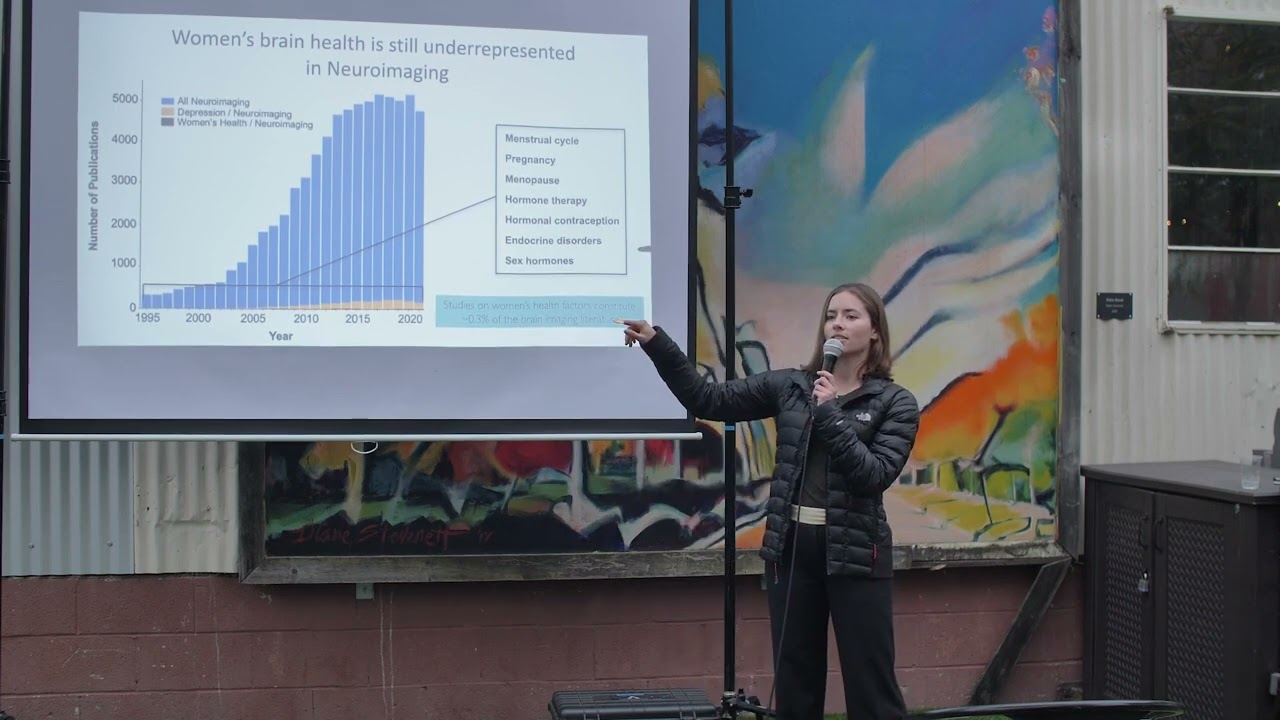Geodesic Regression Characterizes 3D Shape Changes in the Female Brain During Menstruation
Women are at higher risk of Alzheimer's and other neurological diseases after menopause, and yet research connecting female brain health to sex hormone fluctuations is limited. We seek to investigate this connection by developing tools that quantify 3D shape changes that occur in the brain during sex hormone fluctuations. Geodesic regression on the space of 3D discrete surfaces offers a principled way to characterize the evolution of a brain's shape. However, in its current form, this approach is too computationally expensive for practical use. In this paper, we propose approximation schemes that accelerate geodesic regression on shape spaces of 3D discrete surfaces. We also provide rules of thumb for when each approximation can be used. We test our approach on synthetic data to quantify the speed-accuracy trade-off of these approximations and show that practitioners can expect very significant speed-up while only sacrificing little accuracy. Finally, we apply the method to real brain shape data and produce the first characterization of how the female hippocampus changes shape during the menstrual cycle as a function of progesterone: a characterization made (practically) possible by our approximation schemes. Our work paves the way for comprehensive, practical shape analyses in the fields of bio-medicine and computer vision. Our implementation is publicly available on GitHub: https://github.com/bioshape-lab/my28brains.
PDF Abstract

